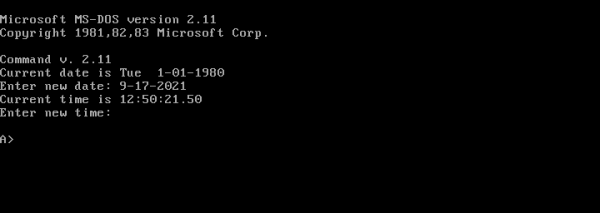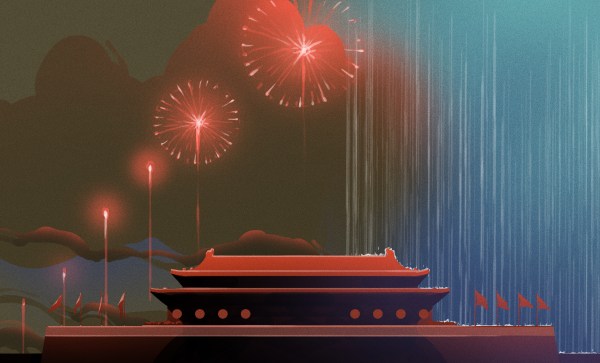For those who love travelling around the world, life hasn’t been great for the past two years. World-wide lockdowns and travel restrictions have kept many people stuck inside their own homes when they would rather be jetting off to distant cities. If you’re one of those bothered by Wanderlust, [Alex Shakespeare] might have a solution for you: a window that shows a live image from another location around the world.

To make the experience as lifelike as possible, [Alex] used an actual window in his London home and mounted a large TV behind it. A wall-mounted map enables him to choose any of five locations by moving a little magnetic plane across the map. LEDs show the available spots, while magnetometers detect the motion of the aircraft. An ESP8266 then instructs a media server to connect to the appropriate livestream, which is subsequently displayed on the TV screen.
All of this is clever enough already, but [Alex] decided to go one step further and added a thermal sensor that detects the location of any persons standing near the display and shifts the image a little when they move. This simulates the perspective of looking out a real window, and should give the image a more life-like quality than if it were simply static.
The whole design is available on [Alex]’s GitHub page, ready to be replicated by anyone who wants to look out over some exotic location. If, instead, you want a way to reminisce about the places you’ve visited in the past, check out this cool souvenir globe. We’ve also seen a neat Google Maps based one a few years back.
Continue reading ““Window To The World” Brings Far-Off Places To Your Home”








 The surprise in this age of ubiquitous microcontrollers is that this is not a smart device; instead it’s a single-purpose logic chip whose purpose is to step through a small ROM containing note values and durations, driving a frequency generator to produce the notes themselves. The frequency generator isn’t the divider chain from the RC oscillator that we might expect, instead it’s a shift register arrangement which saves on the transistor count.
The surprise in this age of ubiquitous microcontrollers is that this is not a smart device; instead it’s a single-purpose logic chip whose purpose is to step through a small ROM containing note values and durations, driving a frequency generator to produce the notes themselves. The frequency generator isn’t the divider chain from the RC oscillator that we might expect, instead it’s a shift register arrangement which saves on the transistor count.









